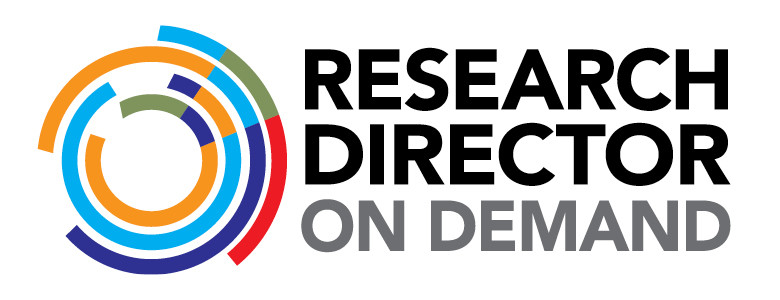Research for today's media environment
A major trend in today's media world is staff cutting especially among experienced personnel. This is especially true in the media industry which includes publishing and communication type businesses such as newspapers, radio and broadcast stations with marketing and research staff.
For newspapers, the overall negative effect is the loss in both revenue and audience share.
Today's sales teams are taking more responsibility for revenue by delivering more strategic recommendations and striving to close more business more efficiently. Effective marketing research achieves this goal quickly and easily.
The fastest growing companies are using alternative marketing and research staffing to grow revenue. They are embracing the shift from market research as an expense or a cost center to a revenue generator.
Since so many in the media industry today are asking their staff to do more multi-tasking, the following research strategies may help you with your marketing and advertising sales research.
Whether your research needs are for promotion and branding initiatives, sales presentations, proposals or a request for some quick stats, start by asking these questions.
- What do you want to sell? What are your major product lines, services and brands?
- Who are your customers? What demographics identify them? What are their behaviors? What are their activities and interests?
- Where are your customers? What geographic area defines your market? Are they local or global?
- What are your sales patterns? By month? quarterly? yearly? or some other time period?
- How do consumers shop and buy? What is their buying cycle?
- Why should customers buy from you? What ideas and offers are effective when prospects are choosing among brand alternatives?
- What's the best way to get customer response? Special offers? Merchandise? Services? Special prices? Sales? Special events? Terms and financing?
- What's your marketing/media mix? How important is personal selling? What media do you use? Which would you recommend to others and why?
- Do you have a website? Do you use mobile media?
- Do you use social media?
- How do you convert leads into sales? Leads into customers?
- How do you plan advertising? Do you currently use research for planning or to answer any of the questions listed above?
Once you have answers and a good understanding of the questions above, you are much better equipped to help your advertisers know the best type of research to use.
So what's the best research to use for sales opportunities? What is your client interested in seeing and knowing from your research? Have you asked your client their goals and how you can help them reach their goals? Do you have the research they need? For example:
- For digital research – comScore or Google Analytics.
- For digital competitive analysis – BuzzSumo, Shareablee or Simply Measured.
- There are numerous digital analytic tools available, some free, and we can help you select or use the best one for your needs.
- For print – Nielsen, Scarborough, Media Audit or proprietary study.
- For broadcast – Nielsen products such as Scarborough, Local Toolbox, Arianna, Grabix or other competitive advertising research such as Kantar or Media Monitors.
So where do you go to get the research you need?
- Identify what current research you have or subscribe to: i.e., Nielsen, Scarborough, Media Audit, ComScore, Google Analytics, Census, proprietary research, etc.
- If you don't currently have research, you may need to have someone conduct it for you or provide you with various options to obtain the research you can use.
- Do you have someone who can analyze the research and pull all the data together into a compelling story and not a data dump?
- Will you need outside help?
Don't forget to tell your story with research
Once you have your research compiled, you will need to start preparing your findings. Here's some tips on telling your story.
- Use a compelling and eye catching title to engage your reader or client.
- Use research that is relevant to your client.
- Use infographics, such as pie and bar charts to emphasize your research findings.
- Use the most current sources.
- Never use too much data or a data dump on a slide.
- Make sure your slides make sense and tells a story.
If you are interested in seeing some examples of the many research, sales sheets and presentations we have done, please contact us anytime.
Ted Stasney
Senior Consultant
Research Director on Demand
tstasney@rdodnow.com
(727) 244-2971
Visit our website: rdodnow.com






